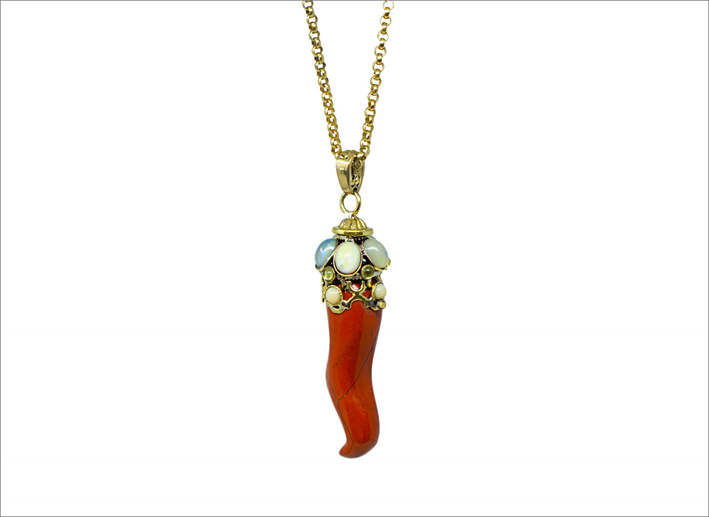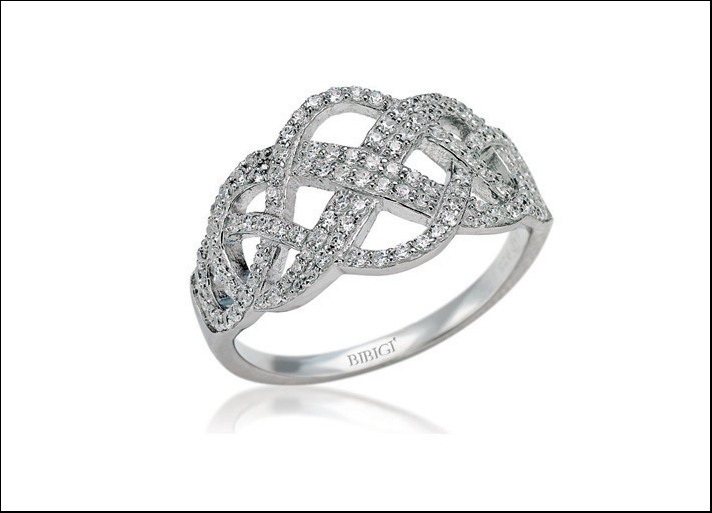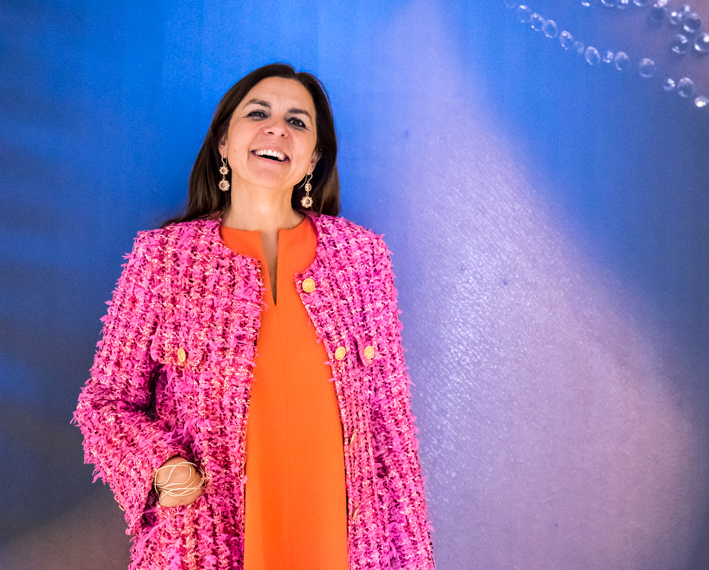Le onde sonore della parola earring (orecchino), se tradotte in forma 3D a che tipo di oggetto danno forma? Se lo è chiesto una giovane designer di Los Angels, che si presenta con lo pseudonimo 10DotMatrix ( http://www.instructables.com/id/3D-Printed-Audio-Jewelry/?ALLSTEPS) e ha sviluppato un metodo per creare forme 3D per gioielli usando un editor audio digitale open source e strumenti e materiali per creare bijoux. In pratica, con il software Audacity registra le parole e le converte in 3D, dopo aver sperimentato accenti e inflessioni diverse fino a quando non ottiene la struttura (la vede a video come fosse un poligrafo) che le piace di più. Quando il suono si fa forma, affina l’immagine con Gimp, ossia esegue un fotoritocco e poi usa Fusion 360 per la modellazione 3D, anche questi due software opensource. Infine, con la stampante Afinia completa il processo. Le sue istruzioni passo passo indicano misure molto precise per la stampante e anche la durevolezza desiderata. Chissà cosa verrebbe fuori dal tintinnio delle pietre? Più onomatopeico di così… G.N.
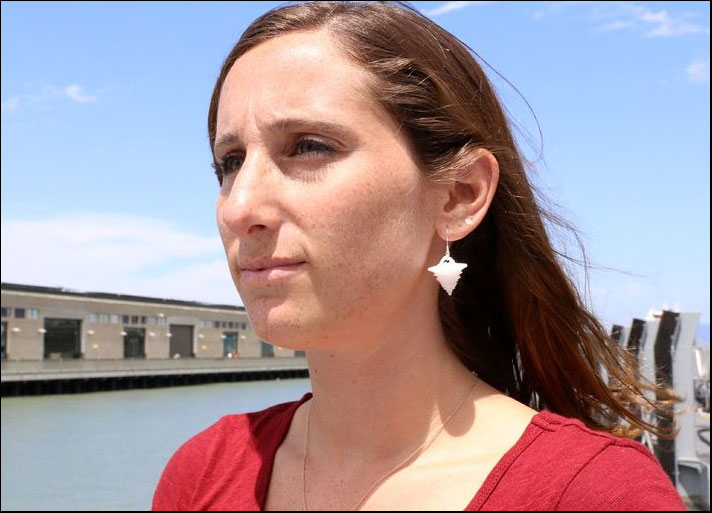
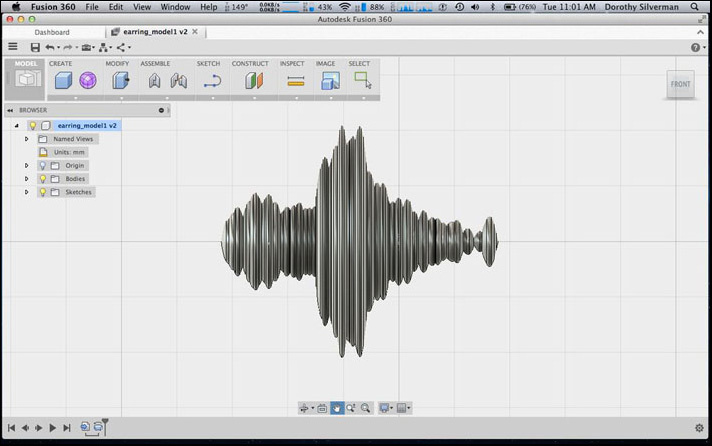
The sound waves of the word earring, if translated into 3D form, what kind of object will mould? If it is asked A young designer in Los Angeles, which presents itself under the name 10DotMatrix and has developed a method to create 3D shapes for jewelry using a digital audio editor and open source tools and materials. Goal: create jewelry. In practice, the designer uses the software Audacity, record the words and converts them into 3D, after experimenting with different accents and inflections until they get the structure she likes most (she sees it on the screen as if it were a polygraph). When sound becomes form, she refines the image with Gimp (a kind of Photoshop) for photo retouching and then use Fusion 360 for 3D modeling, other two opensource softwares. Finally, with the printer Afinia complete the process. Her step by step instructions show very specific measures to the printer and also the durability desired. Who knows what would come out of the clink of stones? More onomatopoeic than that. http://www.instructables.com/id/3D-Printed-Audio-Jewelry/?ALLSTEPS
Les ondes sonores de la parole earring (boucle d’oreille), s’il est traduit en une forme 3D, ce type d’objet se mouler? Il a été demandé par un jeune designer à Los Angeles, qui se présente sous le nom 10DotMatrix et a développé une méthode pour créer des formes 3D pour les bijoux en utilisant un éditeur audio numérique et des outils et des matériaux open source. Objectif: créer des bijoux. Dans la pratique, le concepteur utilise le logiciel Audacity, enregistrer les mots et les convertit en 3D, après avoir expérimenté avec différents accents et inflexions jusqu’à ce qu’ils obtiennent la structure elle aime le plus (elle le voit sur l’écran comme s’il s’agissait d’un détecteur de mensonges). Quand le son devient forme, elle affine l’image avec Gimp (une sorte de Photoshop) pour la retouche photo et puis utilisez Fusion 360 pour la modélisation 3D, deux autres logiciels opensource. Enfin, avec l’imprimante Afinia terminer le processus. Son étape par étape les instructions montrent mesures très spécifiques à l’imprimante et aussi la durabilité souhaitée. Qui sait ce qui sortira du cliquetis des pierres? Plus d’onomatopées que cela. http://www.instructables.com/id/3D-Printed-Audio-Jewelry/?ALLSTEPS
Die Schallwellen des Wortes earring (Ohrring), wenn sie in 3D-Form übersetzt, welche Art von Objekt zu formen wird? Es wurde von einem jungen Designer in Los Angeles, die sich unter dem Namen 10DotMatrix präsentiert und hat eine Methode, um 3D-Formen für Schmuck mit Hilfe eines digitalen Audio-Editor und Open-Source-Werkzeugen und Materialien zu schaffen entwickelt gestellt. Ziel: Erstellen Schmuck. In der Praxis verwendet der Designer die Software Audacity, notieren Sie die Wörter und wandelt sie in 3D, nach dem Experimentieren mit unterschiedlichen Akzenten und Beugungen, bis sie die Struktur, sie mag die meisten (sie sieht es auf dem Bildschirm, als ob es ein Lügendetektor waren) zu bekommen. Wenn Klang wird Form, verfeinert sie das Bild mit Gimp (eine Art Photoshop) für Foto-Retusche und verwenden Sie dann Fusion 360 für 3D-Modellierung, die beiden anderen Open-Source-Software. Schließlich mit dem Drucker Afinia den Vorgang abzuschließen. Sie Schritt für Schritt Anleitung zeigt sehr spezifische Maßnahmen an den Drucker und auch die gewünschte Haltbarkeit. Wer weiß, was aus dem Klirren der Steine kommen? Mehr als die lautmalerischen. http://www.instructables.com/id/3D-Printed-Audio-Jewelry/?ALLSTEPS
Звуковые волны из слово earring (серьга), если перевести на 3D виде, какой вид объекта будет лепить? Было попросил молодого дизайнера в Лос-Анджелесе, который представляется под именем 10DotMatrix и разработал метод для создания 3D-фигур для ювелирных изделий с помощью цифровой аудио-редактор и инструменты и материалы с открытым исходным кодом. Цель: создать украшения. На практике, дизайнер использует программный Audacity, записывать слова и преобразует их в 3D, после экспериментов с разными акцентами и интонаций, пока они не структуру она любит больше всего (она видит его на экране, как если бы это было на полиграфе). Когда звук становится формой, она уточняет изображение с Gimp (своего рода Photoshop) для ретуши фотографий, а затем использовать Fusion 360 для 3D моделирования, двух других с открытым исходным кодом программного обеспечения. Наконец, с принтером Afinia завершить процесс. Ее пошаговые инструкции показывают очень конкретные меры на принтер, а также долговечности желаемого. Кто знает, что бы выйти из под звон камней? Более звукоподражательное чем. http://www.instructables.com/id/3D-Printed-Audio-Jewelry/?ALLSTEPS
La joya onomatopéyico
Las ondas de sonido de la palabra earring (pendiente), si se traduce en una forma 3D, ¿qué tipo de objeto se moldear? Se ha preguntado por un joven diseñador en Los Angeles, que se presenta bajo el nombre 10DotMatrix y ha desarrollado un método para crear formas 3D para la joyería con un editor de audio digital y las herramientas y materiales de código abierto. Objetivo: crear joyas. En la práctica, el diseñador utiliza el software Audacity, grabar las palabras y las convierte en 3D, después de experimentar con diferentes acentos e inflexiones hasta que consiguen la estructura que más le gusta (ella lo ve en la pantalla como si se tratara de un polígrafo). Cuando el sonido se convierte en la forma, que refina la imagen con Gimp (una especie de Photoshop) para retoque fotográfico y luego usar Fusión 360 para el modelado 3D, otros dos softwares de código abierto. Finalmente, con la impresora Afinia completar el proceso. Su instrucciones paso a paso muestran medidas muy específicas a la impresora y también la durabilidad deseada. ¿Quién sabe lo que podría salir del tintineo de las piedras? Más onomatopéyico que eso .http://www.instructables.com/id/3D-Printed-Audio-Jewelry/?ALLSTEPS

